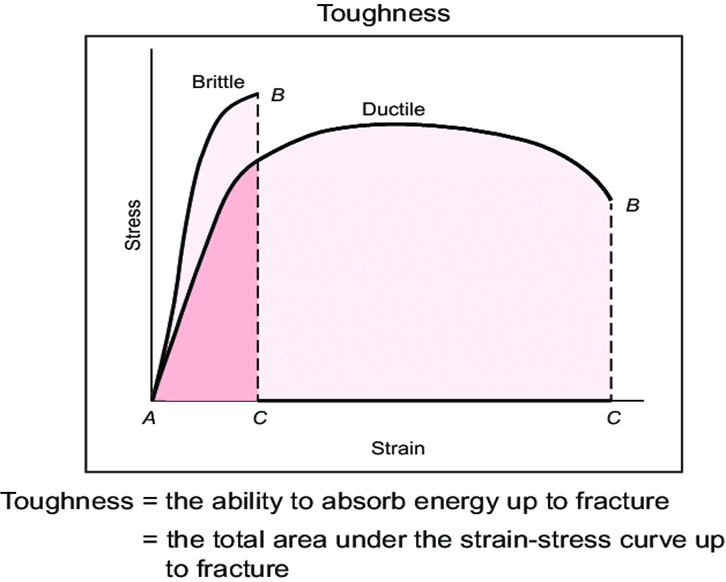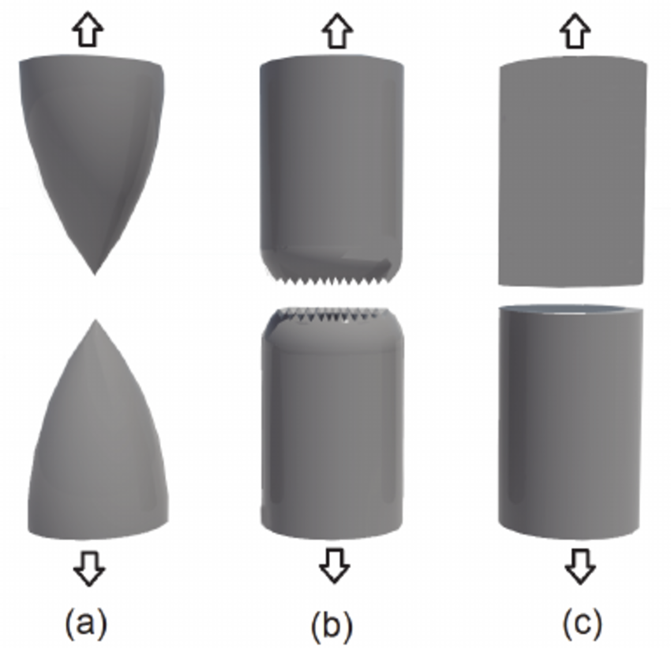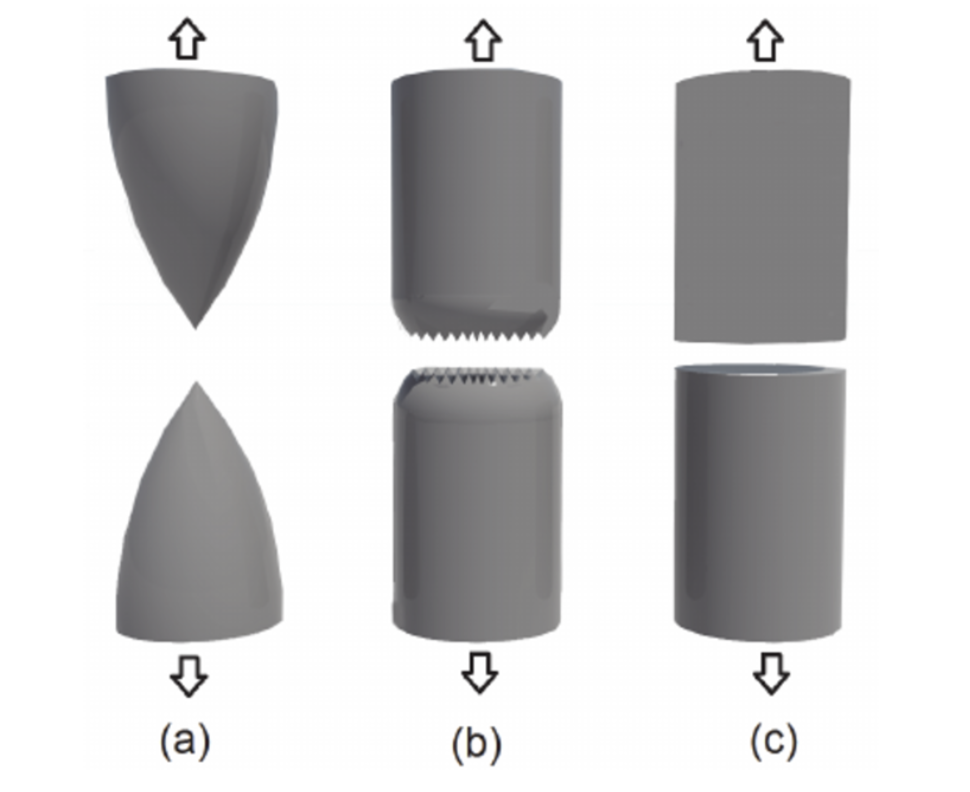The engineering world mostly deals with the failure of different materials. From a simple nail to a complex aircraft wing, the mechanisms of the fracture has always been an extreme challenge for engineers. Despite the complexity of the product, fracture mechanisms show similarity for the same type of materials. At this juncture, brief information on design considerations for engineering materials may be beneficial for further understanding. During the design of the engineering materials, mostly metals, the desire for ultra-high-strength materials has always been and forever will be. However, a combination of extreme tensile strength and extreme toughness is nearly impossible since the increasing tensile strength comes with the brittleness of the material. Therefore, the aim of the material design can be defined as the optimization of high tensile strength and toughness. When the optimum parameters are achieved for the design of the material, a considerable fraction of the possible risks is also eliminated. However, products are still fractured for different reasons. Failure analysis discipline tries to understand and prevent the fracture mechanics of the materials.
Fracture mechanisms of materials are generally sourced from the type of material. Fracture types can be divided into two groups, which are ductile fracture and brittle fracture. Moreover, the temperature where the ductile to brittle transition occurs is also crucial for possible failures. The terms ductile and brittle fracture is essential for the progress of the failure since the crack propagation is directly related to the toughness of the material. The ductility of any material can be described as the amount of deformation of material prior to fracture. In contrast with ductile behavior, brittle materials mostly show no plastic deformation before fracture. At that point, it’s evident that; ductile materials have higher loading capacity than brittle materials. In other words, the energy absorption ability of ductile materials is higher than the brittle ones. This phenomenon also clarifies the reason why ductile fracture surfaces show plastic deformation or change in their shapes. The plot in Figure 1. explains the energy-absorbing difference between ductile and brittle metals. It can be seen that the area under the ductile curve covers a massive zone in the plot, whereas the area under the brittle line covers less. Moreover, it can be beneficial to state that the toughness of any material in a stress-strain diagram can be determined by calculating the areas under the related curve or line.

Figure 1. A toughness comparison diagram for brittle and ductile materials. Retrieved from: Sudha, Kuncham & Sadiku, Rotimi & Phiri, G. & Jayaramudu, Tippabattini & K.Sudhakar, & Moropeng, Mapula. (2015). Chapter-16 “Mechanism of toughening in nanostructured polymer blends.. 10.1016/B978-0-323-39408-6.00015-7.
In brief, the fracture types of materials differ in terms of energy absorption capacity. The difference in energy absorption capacity or toughness may change the propagation and duration of the fracture types in the materials. As mentioned before, fracture types of materials can be separated as ductile and brittle fracture according to the plastic deformation ability of the material. A detailed classification of fracture can be done as a very ductile fracture, moderately ductile fracture, and brittle fracture. The very ductile fracture can be observed in materials where necking and reduction in the area are extremely obvious during tensile loading. This group covers soft metals such as lead, silver, and copper. Most of the polymeric materials also show a definite ductile fracture. At high temperatures, the plastic deformation ability of glasses excessively increases, and ductile fracture can be observed. A moderately ductile fracture can be observed in most of the ductile metals. In contrast with the very ductile fracture, the fracture surface shows moderate necking with voids. Brittle fracture can be observed in hard metals and ceramics. In this type of fracture, the failure surface is mostly perpendicular to the load axis. Also, brittle fracture surfaces show a flat topography without any necking or plastic deformation. A representation of fracture types can be seen below figure. The first schematic represents the fracture of very ductile or soft metals where necking is obvious. The second schematic illustrates the moderate ductile fracture with an average plastic flow. The final schematic can only be seen in brittle materials.

Figure 2. Different fracture types of various materials. Retrieved from: Rocha-Rangel, E. (2011). Fracture Toughness Determinations by Means of Indentation Fracture. Nanocomposites with Unique Properties and Applications in Medicine and Industry. doi:10.5772/18127
For further information please read: Brittle and Ductile Fracture
Bibliography
- Hosford, W. (1993). The mechanics of crystals and textured polycrystals (2nd ed.). New York: Oxford University Press.
- Oyane, M., Sato, T., Okimoto, K., & Shima, S. (1980). Criteria for ductile fracture and their applications. Journal of Mechanical Working Technology, 4(1), 65–81. doi:10.1016/0378-3804(80)90006-6
- Benzerga, A. A., & Leblond, J.-B. (2010). Ductile Fracture by Void Growth to Coalescence. Advances in Applied Mechanics Volume 44, 169–305. doi:10.1016/s0065-2156(10)44003-x


